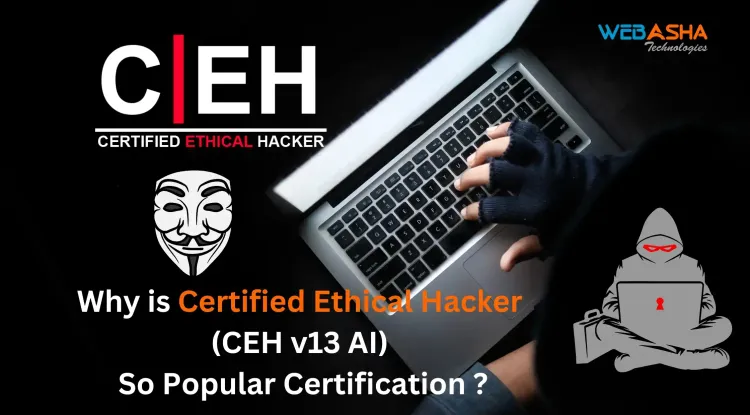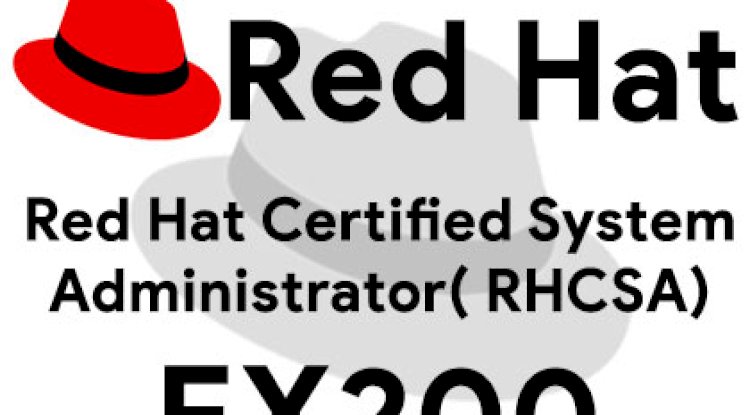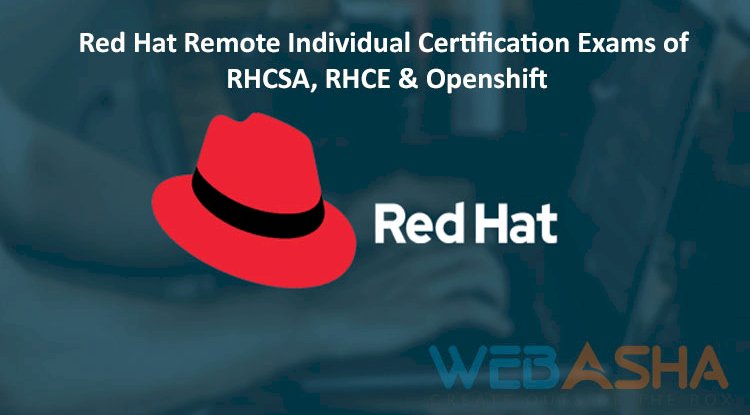How Does BlackEye Compare to Other Phishing Toolkits? A Detailed Analysis
BlackEye is a widely used phishing toolkit that enables attackers and ethical hackers to create fake login pages to steal credentials. However, there are several other phishing frameworks, such as Zphisher, SocialFish, HiddenEye, Evilginx2, and GoPhish, that offer similar or enhanced functionalities. This blog provides an in-depth comparison of BlackEye with other phishing toolkits, analyzing key aspects like ease of use, features, customization, detection resistance, and legal applications. We discuss how these tools work, their ethical and legal considerations, and which tools are best suited for ethical hacking and penetration testing. Additionally, we highlight why GoPhish is the best legal alternative for conducting phishing awareness campaigns. Finally, we answer 30 frequently asked questions about BlackEye and phishing toolkits to help you understand their capabilities, risks, and best practices.

Table of Contents
- Introduction
- What is BlackEye Phishing?
- Why is BlackEye Popular?
- BlackEye vs. Zphisher
- BlackEye vs. SocialFish
- BlackEye vs. HiddenEye
- BlackEye vs. Evilginx2
- BlackEye vs. GoPhish (Legal Alternative)
- Legal and Ethical Considerations
- Conclusion
- Frequently Asked Questions (FAQs)
Introduction
Phishing is one of the most prevalent cyber threats, and hackers use various phishing toolkits to create fake login pages to steal user credentials. BlackEye is a well-known open-source phishing toolkit used by both ethical hackers for security testing and cybercriminals for malicious attacks. However, several other phishing frameworks, such as Zphisher, SocialFish, HiddenEye, Evilginx2, and GoPhish, offer similar or enhanced capabilities.
In this blog, we will compare BlackEye with other phishing toolkits based on features, ease of use, customization, legality, and effectiveness in ethical hacking and penetration testing. This comparison will help security professionals choose the right toolkit for cybersecurity research and awareness training.
What is BlackEye?
BlackEye is an open-source phishing toolkit that allows users to create realistic phishing pages for collecting login credentials. It automates the process of cloning legitimate websites and hosting them on a local or external server.
Key Features of BlackEye:
- Clones over 30 popular websites like Facebook, Google, Twitter, and Instagram.
- Generates phishing links for social engineering attacks.
- Captures credentials in real-time.
- Supports masking URLs for deception.
- Works on Linux and Termux (Android).
Why is BlackEye Popular?
BlackEye gained popularity because of its simplicity, automation, and effectiveness in creating phishing pages quickly. It requires minimal technical expertise, making it accessible for beginners and security researchers. However, it also raises ethical concerns, as cybercriminals can misuse it for illegal phishing attacks.
Comparison Criteria
To compare BlackEye with other phishing toolkits, we will evaluate them based on:
- Ease of Use: How simple it is to set up and use.
- Features: The number of phishing templates, automation, and additional functionalities.
- Customization: Ability to modify phishing pages for advanced attacks.
- Detection Resistance: How well the tool evades security measures.
- Legal & Ethical Use: Whether the tool has legitimate cybersecurity applications.
BlackEye vs. Zphisher
Zphisher is an advanced phishing toolkit and a direct successor to BlackEye, offering enhanced functionality.
| Feature | BlackEye | Zphisher |
|---|---|---|
| Ease of Use | Easy | Easier (Automated setup) |
| Number of Templates | ~30 | ~40 |
| Customization | Limited | Moderate |
| URL Masking | Yes | Yes |
| Bypassing Detection | Low | High (Some advanced evasion techniques) |
| Ethical Usage | Security research, training | Same as BlackEye |
Verdict:
Zphisher is a more refined version of BlackEye, offering more templates, automation, and evasion features. If you need a better phishing toolkit, Zphisher is a good alternative.
BlackEye vs. SocialFish
SocialFish is a phishing framework focused on real-time credential harvesting.
| Feature | BlackEye | SocialFish |
|---|---|---|
| Ease of Use | Easy | Moderate (Some setup required) |
| Real-Time Credential Capture | Yes | Yes |
| Two-Factor Authentication (2FA) Bypass | No | Limited |
| Customization | Limited | High |
| Ethical Usage | Security awareness | Penetration testing |
Verdict:
SocialFish is more flexible and allows 2FA bypass testing, making it a better choice for penetration testers who need advanced phishing simulations.
BlackEye vs. Evilginx2
Evilginx2 is a man-in-the-middle (MITM) attack framework that bypasses two-factor authentication (2FA).
| Feature | BlackEye | Evilginx2 |
|---|---|---|
| Ease of Use | Easy | Difficult (Requires server setup) |
| 2FA Bypass | No | Yes |
| Advanced Attacks | No | Yes (MITM phishing) |
| Ethical Usage | Security awareness | Penetration testing (Restricted in many regions) |
Verdict:
Evilginx2 is the most advanced but requires high technical skills. It's best for red team penetration testers, not general phishing simulations.
BlackEye vs. GoPhish (Legal Alternative)
GoPhish is a legal phishing simulation tool designed for security training.
| Feature | BlackEye | GoPhish |
|---|---|---|
| Ease of Use | Easy | Moderate (GUI-based) |
| Legality | Risky | 100% Legal |
| Phishing Simulations | Yes | Yes |
| Compliance | No | Yes (Used for GDPR & SOC2 compliance) |
Verdict:
GoPhish is the best option for ethical cybersecurity training and employee awareness programs. Organizations should use it instead of BlackEye for legal phishing simulations.
Conclusion
BlackEye is a simple but powerful phishing toolkit. However, Zphisher, SocialFish, HiddenEye, Evilginx2, and GoPhish offer better features. Zphisher is an improved version of BlackEye, Evilginx2 is ideal for advanced red teaming, and GoPhish is the best legal alternative.
Final Recommendation:
- For ethical hacking & research → Use Zphisher or SocialFish (with permission).
- For corporate security training → Use GoPhish (legal & compliant).
- For 2FA bypass & red teaming → Use Evilginx2 (advanced but legal risks apply).
Always ensure legal compliance and ethical usage when using phishing tools. Cybersecurity professionals must prioritize security awareness and penetration testing within the boundaries of ethical hacking frameworks.
Frequently Asked Questions (FAQs)
1. What is BlackEye?
BlackEye is an open-source phishing toolkit that allows users to clone popular websites and capture login credentials for ethical hacking and security testing.
2. How does BlackEye work?
BlackEye generates a fake login page that mimics a real website. When victims enter their credentials, the tool records the data and displays it to the attacker.
3. Is BlackEye a legal tool?
Using BlackEye for unauthorized phishing attacks is illegal. However, ethical hackers and security professionals use it for penetration testing with proper authorization.
4. How does BlackEye compare to Zphisher?
Zphisher is a more advanced version of BlackEye, offering more website templates, automation, and evasion techniques.
5. What is SocialFish, and how does it compare to BlackEye?
SocialFish is a phishing framework that allows real-time credential capturing and two-factor authentication (2FA) bypass simulations, making it more powerful than BlackEye.
6. Can BlackEye bypass two-factor authentication (2FA)?
No, BlackEye does not have 2FA bypass capabilities. However, tools like Evilginx2 can perform MITM phishing attacks to bypass 2FA.
7. What is the most advanced phishing toolkit?
Evilginx2 is one of the most advanced phishing toolkits, as it can bypass 2FA protections using a man-in-the-middle (MITM) attack.
8. What is the best legal phishing toolkit?
GoPhish is a legal phishing toolkit designed for security awareness training and penetration testing within organizations.
9. Can BlackEye be detected by security tools?
Yes, most antivirus software, web browsers, and security solutions can detect BlackEye phishing pages if proper precautions are not taken.
10. How can companies protect against BlackEye phishing attacks?
Organizations should use email filtering, multi-factor authentication (MFA), phishing awareness training, and domain monitoring to prevent phishing attacks.
11. What are the key features of BlackEye?
BlackEye supports cloning 30+ websites, credential harvesting, URL masking, and integration with Termux (Android).
12. Is BlackEye available on GitHub?
Yes, BlackEye can be found on GitHub, but it may be removed or restricted due to ethical and legal concerns.
13. How do hackers hide phishing URLs created by BlackEye?
Hackers use URL shorteners, custom domains, or Unicode characters to disguise phishing links.
14. Can BlackEye be used for ethical hacking?
Yes, ethical hackers use BlackEye for penetration testing to identify phishing risks in organizations.
15. How do I install BlackEye?
BlackEye can be installed on Linux or Termux (Android) using GitHub repositories and Python scripts.
16. Is there a Windows version of BlackEye?
No, BlackEye is primarily designed for Linux-based systems and may not work properly on Windows.
17. How does BlackEye compare to HiddenEye?
HiddenEye includes keylogging and additional surveillance features, making it more powerful but ethically questionable.
18. What is a safer alternative to BlackEye?
Security professionals should use GoPhish or KnowBe4 for ethical phishing simulations.
19. Can BlackEye be used for red teaming?
Yes, but red teams should obtain legal authorization before using any phishing tool for ethical hacking.
20. What legal risks are associated with BlackEye?
Using BlackEye for unauthorized phishing attacks can result in criminal charges, lawsuits, and employment termination.
21. How can security teams detect phishing attacks created with BlackEye?
By monitoring suspicious domains, checking SSL certificates, analyzing URLs, and using threat intelligence tools.
22. Does BlackEye support mobile phishing attacks?
Yes, attackers can host phishing pages on mobile-friendly servers to target users on Android and iOS devices.
23. Can BlackEye be used for educational purposes?
Yes, cybersecurity researchers use BlackEye in controlled environments for security awareness training.
24. What programming languages are used in BlackEye?
BlackEye is mainly written in Python, Bash, and HTML for cloning websites and processing credentials.
25. How does BlackEye compare to GoPhish?
GoPhish is a legal, enterprise-grade phishing simulation tool, whereas BlackEye is a hacking tool with limited legal use.
26. Can I use BlackEye for personal security testing?
Only if you have legal permission to conduct security testing on your own accounts.
27. How does BlackEye mask phishing links?
BlackEye can use fake subdomains, URL shorteners, and link obfuscation techniques to hide phishing pages.
28. What happens if my organization is targeted by BlackEye?
If your company is targeted, report the phishing page, block the domain, educate employees, and enhance security measures.
29. Are phishing toolkits illegal?
Phishing toolkits are legal for ethical hacking, research, and security training but illegal for malicious use.
30. What are the future trends in phishing attacks?
Phishing attacks are evolving with AI-generated phishing pages, deepfake phishing calls, and advanced social engineering tactics.












![Top 10 Ethical Hackers in the World [2025]](https://www.webasha.com/blog/uploads/images/202408/image_100x75_66c2f983c207b.webp)

![[2025] Top 100+ VAPT Interview Questions and Answers](https://www.webasha.com/blog/uploads/images/image_100x75_6512b1e4b64f7.jpg)









